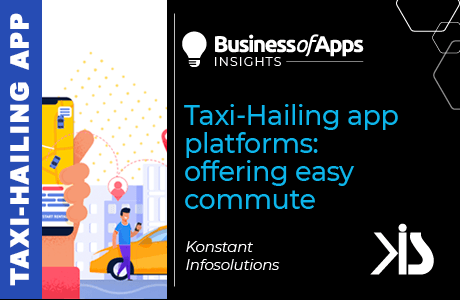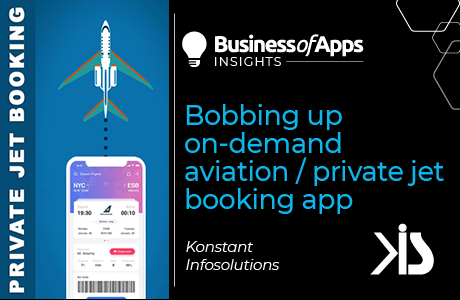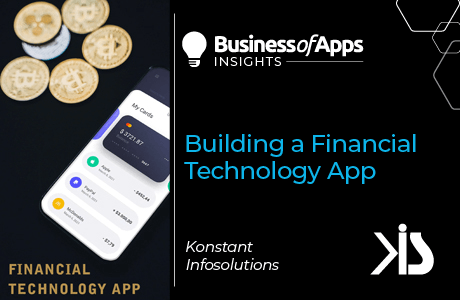
Drawing a parallel between iOS app development and Objective-C, here’s Swift’s tell-all biography in the knockout round!
Crux: If an apple is proportional to a doctor, Swift programming language is proportional to the iOS app development. And this can optimally groove any mobile app development company’s requirement that looks forward to creating a secure and consistent mobile app for its clients. It features code clarity, thus excluding any chances of mistakes as in Objective-C.
What is Swift Programming Language?
It is a general-purpose open-source programming language for iOS app development, a quick counterpart to Objective-C, but is safer, highly performant and has amazing software design patterns (Creational: Singleton; Structural: MVC, Decorator, Adapter, Facade; Behavioural: Observer, and Memento).
Swift and Objective-C both come from the same originator – Apple Inc. But Swift particularly is a successor or Objective-C, operating on up-to-date programming concepts. Swift focuses on macOS, iOS, Linux and few other operating systems.
Components of Swift programming language for iOS development
The Swift language is managed as a collection of projects, each with its own repositories. It is composed of:
- The standard library bundled as part of the language
- The Core libraries that provide higher-level functionality
- The Swift compiler command-line tool
- The LLDB debugger which includes the Swift REPL
- The Xcode playground support to enable playgrounds in Xcode
- The Swift package manager for distributing and building Swift source code
The Swift Goal: Swift is one of the multi-faceted programming languages that can be used to create mobile/desktop apps and to even scale-up to cloud services. It is one of the safest, fastest and most expressive programming languages with inbuilt tools for excellent diagnostics and to enable interactive development experiences. Swift based playgrounds do much in Xcode or a web-based REPL can when working with LINUX server-side code.
Swift feature list
Features within a programming language are to make the coding easier for the developers and give them the much-needed control over their actions.
- Inferred Types: To make code cleaner and less prone to mistakes, the modules eliminate headers and provide namespaces.
- Automatic Memory Management: Typing semi-colons explicitly is not required.
- Borrow: Swift borrows named parameters brought forward from Objective-C and are expressed in a clean syntax that makes API’s easier to read and maintain.
- Initialization: Variables are initialized before use.
- Array out-of-bound: Array indices are checked for out-of-bound errors.
- Structs: Structures support methods, extensions and protocols.
- Handling Nulls: Presence of Optionals in Swift programming language for iOS app development helps handle Nill values explicitly.
- Functional Programming Patterns: map and filter
- Error Handling: try and catch exceptions
- Existing Code Reuse: Swift can extend existing Objective-C code
- Secure Code: Swift eliminates entire classes of unsafe code. Objects in Swift can never be Nill as it will be stopped by the compiler and the app will not build.
- Faster: A common search algorithm in Swift runs up to 2.6x faster than Objective-C and up to 8.4x faster than Python 2.7.
- Additional features include: Closures unified with function pointers, Tuples and multiple return values, Generics and Advanced control flow with do, guard, defer, and repeat keywords.
Premier Swift programming languages use cases
- Lyft
- Khan Academy
- Kickstarter
- Hipmunk
- Clear
- Sky guide
Key takeaways: Why should businesses adopt Swift programming language for iOS app development?
With mobile app development skills being highly sought after and frequently expensive, the iOS development teams try to build the app matching up with the time and available resources. Apple Inc. potentially shifted its focus from Objective-C towards the Swift programming language and looked to just updating the Dock in macOS Sierra. There is a large amount of operating system management such as mission control, launchpad management, spaces and part of the notification systems. Apple recreated the dock, added new features with 15 percent less code by using Swift to rewrite everything from the macOS releases to building new apps such as Apple’s Music. Universal Clipboard stemmed from here. And subsequently became comparable to Universal apps in Windows 10.
Swift has the potential to move the client as well as the server-side of the development which makes it competent to impact experience, transaction capability and security. Swift Source Code can be easily ported across various platforms, devices and use cases. Apple Platforms include Objective-C runtime by default which is required to access Apple Platform Frameworks such as UIKit and AppKit. This isn’t actually possible with other platforms.
Swift has its core libraries project that aims to extend the cross-platform capabilities by providing vital implementations of fundamental Apple frameworks (such as Foundation) without dependencies on the Objective-C runtime. Core libraries improve the source compatibility for swift code across all platforms. The goals for Swift were to create an open community, enable portability to new platforms and get the fundamentals right and simplify the development.
Turn installs into active and engaged customers
Grow in-app revenue and build user loyalty with custom retargeting and churn prediction campaigns from Adikteev.
Get started










